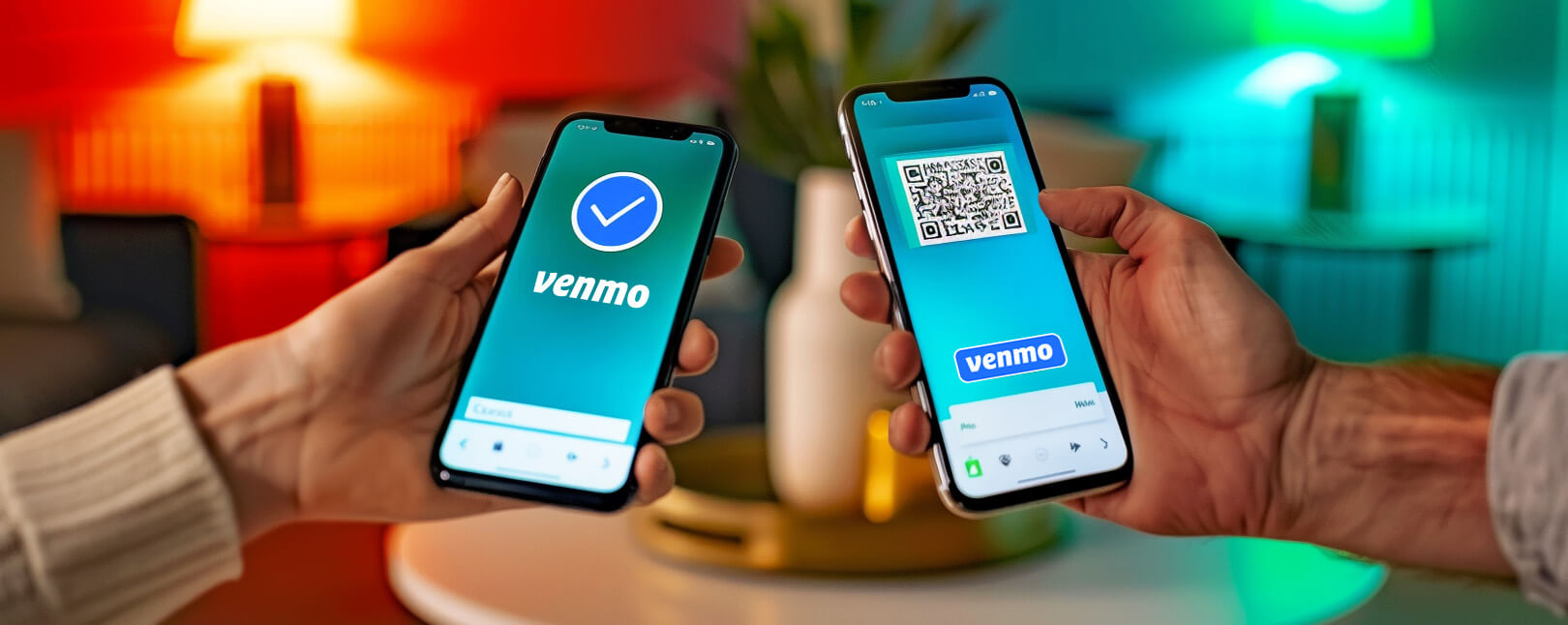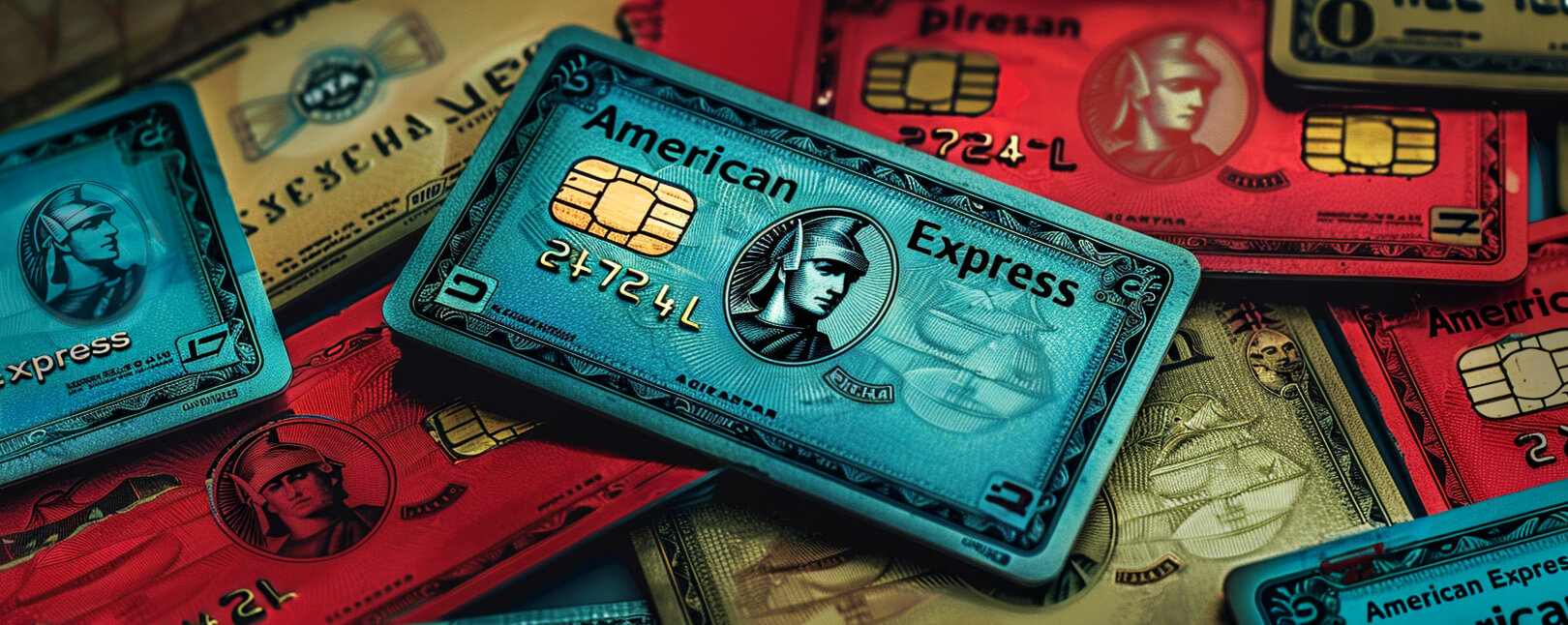10 Tips to Prevent Apple App Store Chargebacks
Chargebacks, or forced payment reversals resulting from a customer dispute, are becoming an epidemic within the software and development sector.
Part of the problem is the overall upward trend in chargeback issuances as a whole. On the other hand, key aspects of the software industry make it particularly susceptible to disputes. Selling apps directly to consumers via the Apple App Store can open you up to the potential for significant losses.
So, how do Apple App Store chargebacks work? How can merchants prevent them? Let’s take a look.
Recommended reading
- Venmo Chargebacks: How Do Disputes Work on Venmo?
- Bank of America Disputes: Here's What You Need to Know
- Wells Fargo Disputes: Chargeback Rules & Things to Know
- American Express Chargebacks: Rules & Time Limits & More
- Stripe Chargeback Guide: Time Limits & Other Info You Need
- What is a Bank Chargeback? What Makes Them Different?
Apple App Store Chargebacks: At a Glance
Apple App Store chargebacks occur when a customer calls their bank to reverse a purchase made through the Apple App Store. The bank then contacts the payment processor, who notifies Apple. In many ways, these disputes parallel disputes filed against Google Play Store purchases.
As the app developer or merchant, you don't usually engage directly in the chargeback process with the financial institution. Instead, Apple handles this on your behalf. Once notified, Apple has a limited window of time in which to respond to the chargeback. The company may examine user activity logs, transaction details, and other evidence to see whether they may contest the chargeback.
If Apple believes there are grounds to fight the claim, they may submit a response through representment. The financial institution reviews this information and decides whether to uphold or reverse the chargeback. If the bank rules in favor of the customer, the chargeback is approved, and the funds are returned to the customer.
As a developer, it’s important to understand that recurring chargebacks can have significant repercussions. A high frequency of chargebacks may lead to increased transaction fees for you. If the problem gets out of hand, your app could be removed from the App Store entirely, and your developer account could be terminated. Chargebacks also impact your app's ratings and overall reputation, which can indirectly affect your revenue and user base.
Why Do App Store Chargebacks Happen?
The Apple App Store is a thriving marketplace, boasting millions of apps and generating billions in revenue each year. This high volume of transactions generally indicates a favorable environment for developers aiming to monetize their creations. However, the mass user base also brings the significant business risk of chargebacks.
On that note, here are 10 common reasons why customers file chargebacks against developers on Apple’s platform:
Most developers do their best to consistently provide the best products and services possible. However, factors outside of their control can sometimes cause problems.
How Do Chargebacks Impact the Software & Development Industry?
The more disputes that are filed, the more risky a brand appears. This leads to higher processing fees, stricter operating limitations, and more. There’s a ripple effect as well; Apple App Store chargebacks hurt the software industry as a whole.
Chargebacks can lead to:
Learn more about chargeback costsChargebacks hurt everyone involved in the process, sometimes even the customers who file them. This is why it’s so important for developers to keep ahead of the curve by implementing a few best practices to limit overall industry exposure.
10 Tips to Prevent Apple App Store Chargebacks
Software and app developers must proactively address chargeback issues before they become too big to handle. The keys to this are improved communication, enhanced customer satisfaction measures, and effective dispute resolution when necessary.
Your company needs to embrace a customer-centric approach focused on transparency and satisfaction. This proactive approach fosters trust, prevents misunderstandings, and ensures customers make informed purchase decisions.
To that end, we recommend these 10 best practices to decrease your overall chargeback issuances:
#1 | Communicate Clearly
Ensure that all terms, requirements, and other crucial information are clearly communicated to customers. Using plain language and avoiding industry jargon that may confuse or mislead customers is crucial. Providing comprehensive documentation and offering opportunities for customers to ask questions can enhance their understanding and reduce the likelihood of chargebacks resulting from a misunderstanding.
#2 | Educate Customers
Educating customers is essential. You should offer resources like user-friendly guides, online portals, dedicated customer support, etc., to help customers. Regular communication, reminders, and updates about any changes to service or upcoming renewal dates can also minimize confusion and prevent disputes.
#3 | Clarify Billing Practices
Accurate billing practices are critical to prevent billing disputes and chargebacks. You should ensure that invoices and statements are error-free, clearly indicating the services provided, associated costs, and any adjustments or refunds. Billing transparency and easy-to-understand itemization can help customers recognize and validate charges, reducing the chances of chargebacks.
#4 | Provide Training
Conducting comprehensive training for sales representatives who engage with customers is crucial. This training should emphasize accurate representation of terms and ensure that sales agents thoroughly understand the products and can effectively communicate them to potential customers.
#5 | Prioritize Customers
Maintaining strong customer service is vital for addressing customer concerns and resolving issues promptly. By offering accessible communication channels, such as phone, email, or live chat, you can proactively assist customers, clarify uncertainties, and address complaints before they escalate to chargebacks. Timely and empathetic customer support can go a long way in preventing disputes.
#6 | Ensure Compliance
Staying up-to-date with industry regulations and adhering to best practices for data security and privacy can minimize potential compliance issues. Complying with regulatory requirements can reduce the risk of penalties, legal disputes, and subsequent chargebacks.
#7 | Automate Reminders
Using automated payment reminders can help customers stay informed about upcoming due dates and avoid missed payments. Sending timely notifications through email, text messages, or mobile apps can prevent accidental lapses in service.
#8 | Improve Documentation
You should ensure that any policy documentation is comprehensive, easily accessible, and written in customer-friendly language. Clear and detailed terms, service limitations, exclusions, and procedures can minimize misunderstandings and disputes.
#9 | Enhance Verification
Implementing thorough verification processes during a transaction can help confirm customers’ identities, intentions, and understanding of the service. This can include additional authentication measures or validation checks to mitigate instances of fraudulent or unauthorized transactions.
#10 | Seek Feedback
Regularly seeking customer feedback through surveys, satisfaction ratings, or online reviews can provide valuable insights into which improvement may be necessary. Addressing customer concerns promptly can help prevent frustrations from escalating into chargebacks and demonstrate a commitment to customer satisfaction.
Learn more about chargeback preventionChargebacks Require a Better Solution
Combining the best practices outlined above can help your company create a solid framework to minimize Apple App Store chargebacks. You can also enhance customer satisfaction and ensure a smooth and secure experience for customers in the process.
All that said, a piecemeal strategy won’t be effective. True fraud prevention and risk mitigation require a more comprehensive approach. Fortunately, we can help.
Chargebacks911® offers a true end-to-end technology platform that prevents more disputes, wins more reversals, and maximizes your ROI. Contact us today for more information on improving customer service to prevent chargebacks.
FAQs
How do I dispute a charge on App Store?
Customers looking to dispute a charge on the Apple App Store can do so by going to their Apple ID account page or through the Apple Support app, where they can review their purchase history and report an issue with the transaction in question. They can also directly contact Apple Support for assistance. Alternatively, they may initiate a chargeback by contacting their bank or credit card issuer, although this is generally considered a last resort.
Does Apple refund unauthorized purchases?
Apple does have a policy to address unauthorized purchases and generally offers refunds for such transactions when they are reported promptly. Customers can report unauthorized purchases through their Apple ID account page or by contacting Apple Support. However, reporting the issue as soon as possible is essential, as delayed reporting may limit refund options.
Can App Store purchases be refunded?
Yes, App Store purchases can generally be refunded, but the decision is at Apple's discretion and usually needs to meet certain criteria, such as accidental purchases or technical issues. Customers can request a refund through their Apple ID account page by reviewing their purchase history, reporting a problem, or contacting Apple Support. Customers should make the request as soon as possible, as there may be time limitations on when a refund can be processed.
How do I get a chargeback from Apple?
A customer might obtain a chargeback from Apple by initiating a dispute with their bank or credit card provider, claiming that a particular App Store transaction was unauthorized or problematic. The financial institution then starts the chargeback process, which may result in a refund if the dispute is upheld. However, customers should consider chargebacks as a last resort, as frequent chargebacks can lead to restrictions on their accounts or affect their standing with their financial institution.
Does Apple ban for chargebacks?
Apple does not have a specific policy of banning users for initiating chargebacks. However, chargebacks could be viewed as a sign of a compromised account, and might lead to a review or temporary suspension of the user's Apple ID account. It's advisable to first attempt resolving issues through Apple's customer support channels before resorting to a chargeback.














